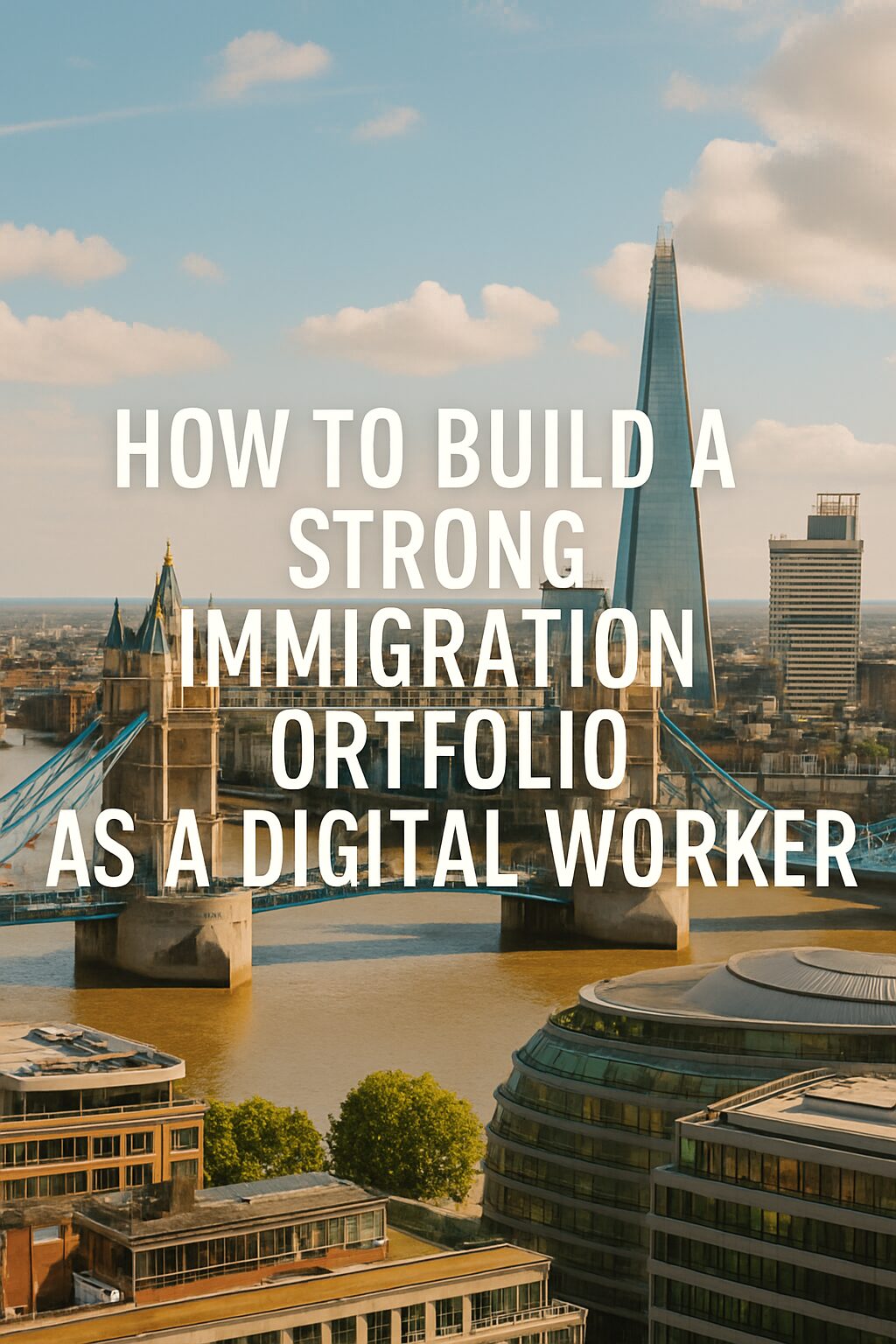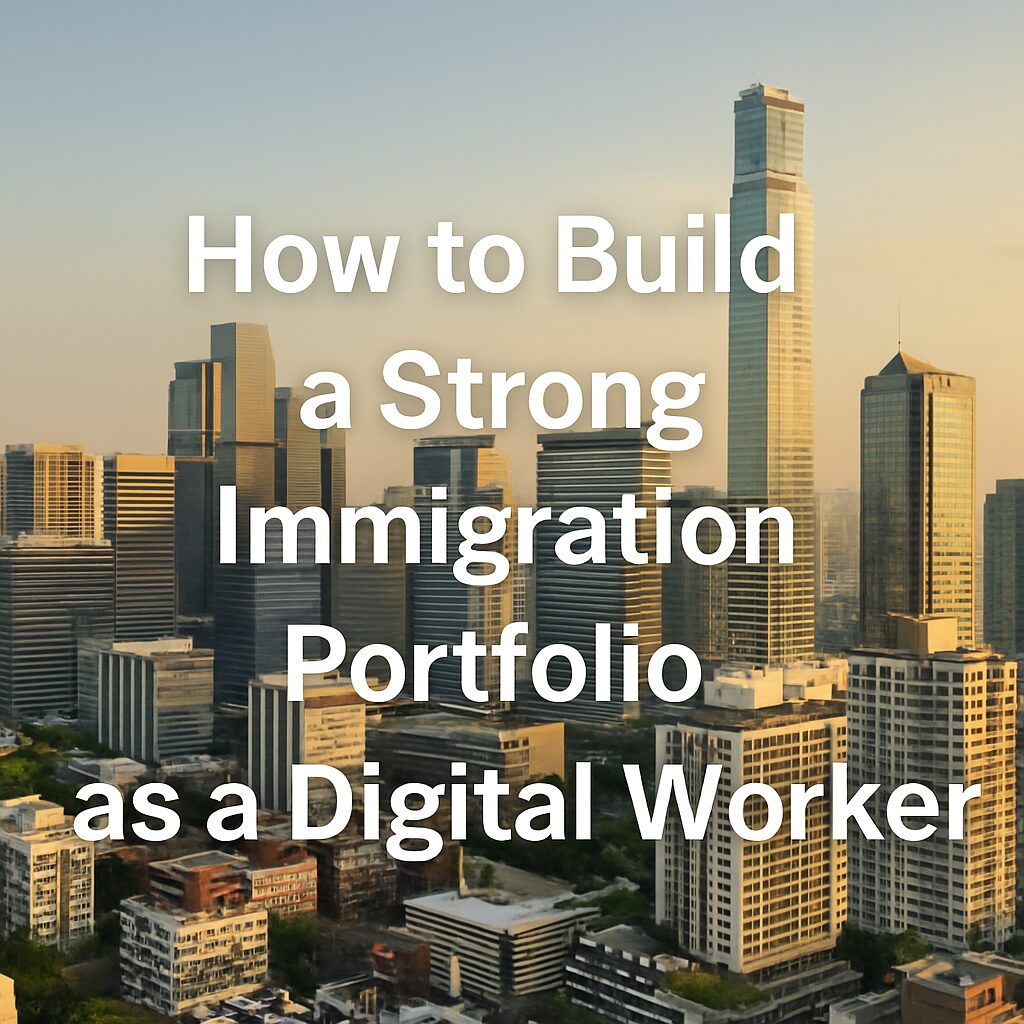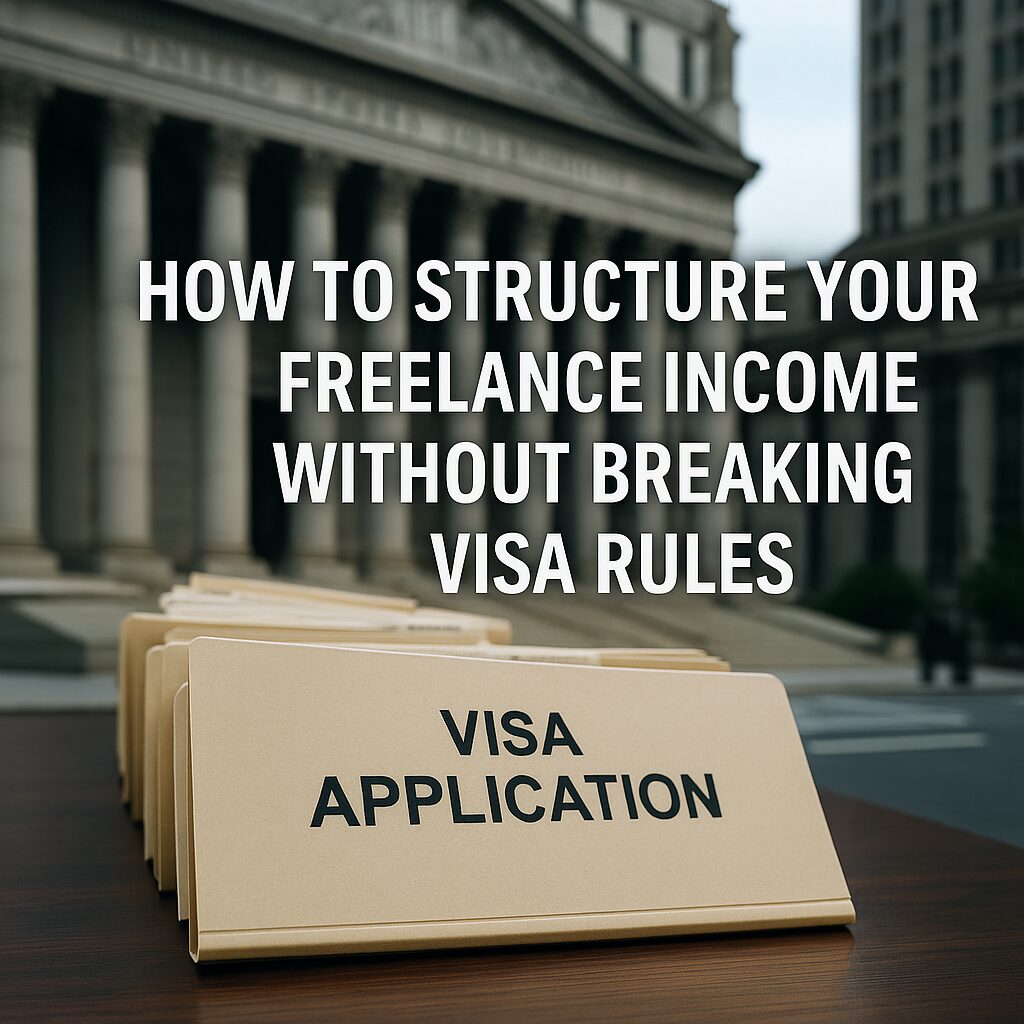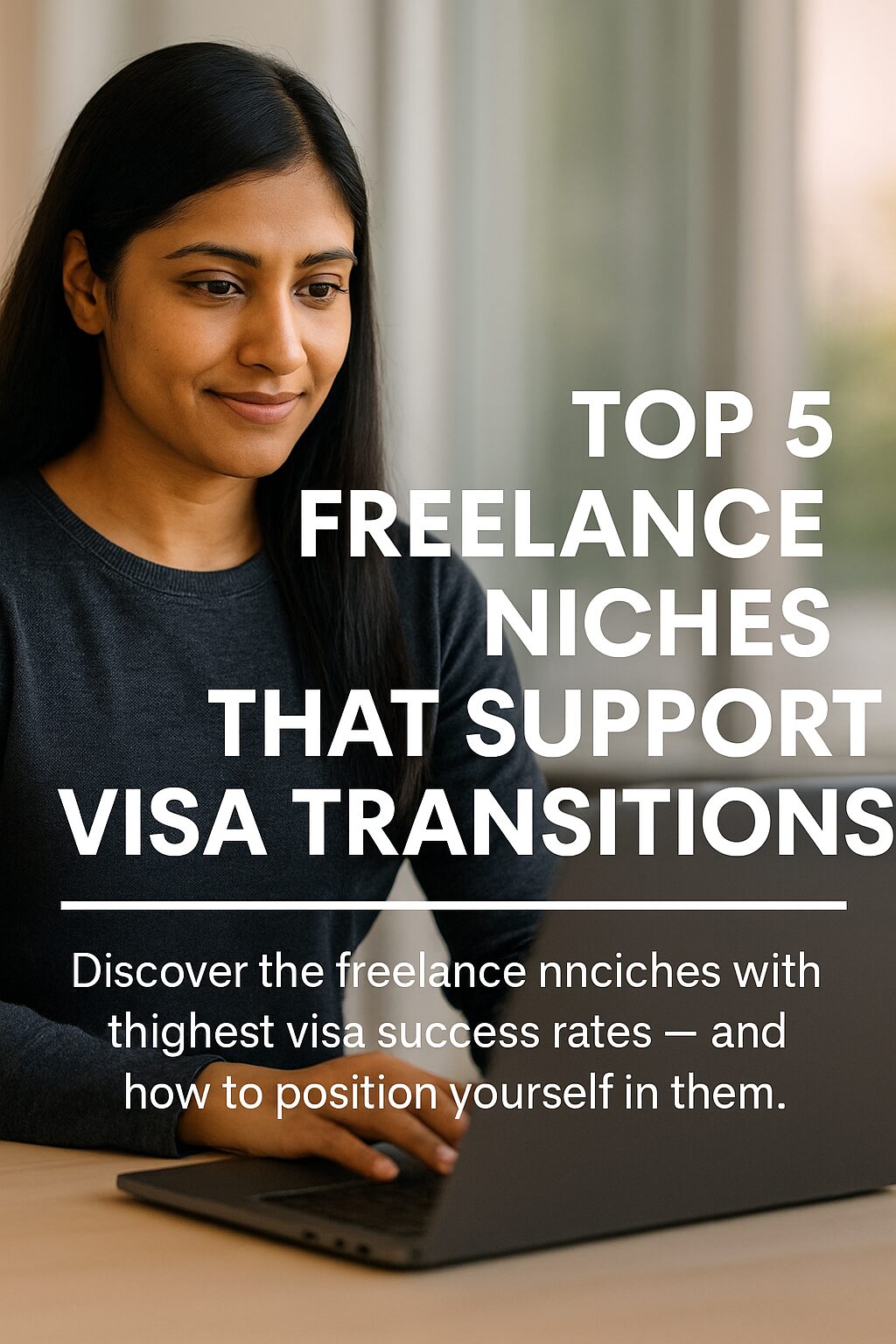The Ultimate Guide for Freelancers, Creators, and One-Person Entrepreneurs
Building a powerful immigration portfolio isn’t just for traditional employees. If you’re a freelancer, digital nomad, or solo entrepreneur, your work can absolutely support your visa application—if you present it correctly. This guide shows you how to do just that.
1. Understand What Immigration Officers Are Looking For
Visa officers want proof of your skills, achievements, consistency, and reputation. You need to show that you’re not just working—but thriving in your field. Focus on these four pillars:
- Professional Experience: Length and quality of work in your niche
- Achievements: Awards, major clients, large contracts, published work
- Credibility: Recommendations, media features, partnerships
- Impact: Number of users, audience size, influence in your industry
2. Gather Hard Evidence of Your Work
Digital workers need a mix of qualitative and quantitative proof. Gather:
- Screenshots of projects
- Revenue or contract history (with sensitive data redacted)
- Links to published articles or videos
- Metrics: followers, traffic, sales, engagement
All evidence should include dates and proof of authorship or involvement.
3. Collect Letters of Recommendation
Letters from clients, collaborators, or mentors can carry massive weight—especially for O-1 or EB-2 NIW petitions. Each letter should:
- Be printed on letterhead (if possible)
- Clearly describe your contribution and impact
- Be signed and dated
- Include the author’s name, position, and contact info
Use a mix of domestic and international references if you’ve worked globally.
4. Structure Your Portfolio Like a Professional Story
Random documents won’t work. Organize your materials into a narrative flow:
- Cover Page (with your name and contact)
- Table of Contents
- About You (bio, photo, summary of career)
- Work Samples (grouped by project type or client)
- Letters of Recommendation
- Press or Media Mentions
- Certifications or Awards
- Conclusion (summary + future goals)
Use consistent fonts and formatting. Save as PDF.
5. Link Your Online Presence
Your portfolio should connect seamlessly with your online platforms:
- Personal website or portfolio site
- LinkedIn, Behance, GitHub, YouTube, or Substack
- Screenshots of testimonials or reviews
- Active blog or newsletter
Make sure everything is up to date and professional-looking.
6. Customize Based on Visa Type
Different visas require different emphases:
- O-1: Show “extraordinary ability” through media, awards, or expert recognition
- E-2: Emphasize business investment, scalability, and operational plans
- EB-2 NIW: Focus on national importance, long-term impact, and merit
Don’t use a generic portfolio. Tailor it like a resume—targeted and intentional.
Conclusion: Your Portfolio Is Your Power Tool
If done right, your immigration portfolio becomes more persuasive than any form. It tells your story in your voice—with proof. Start now, revise often, and let your body of work speak for itself.









